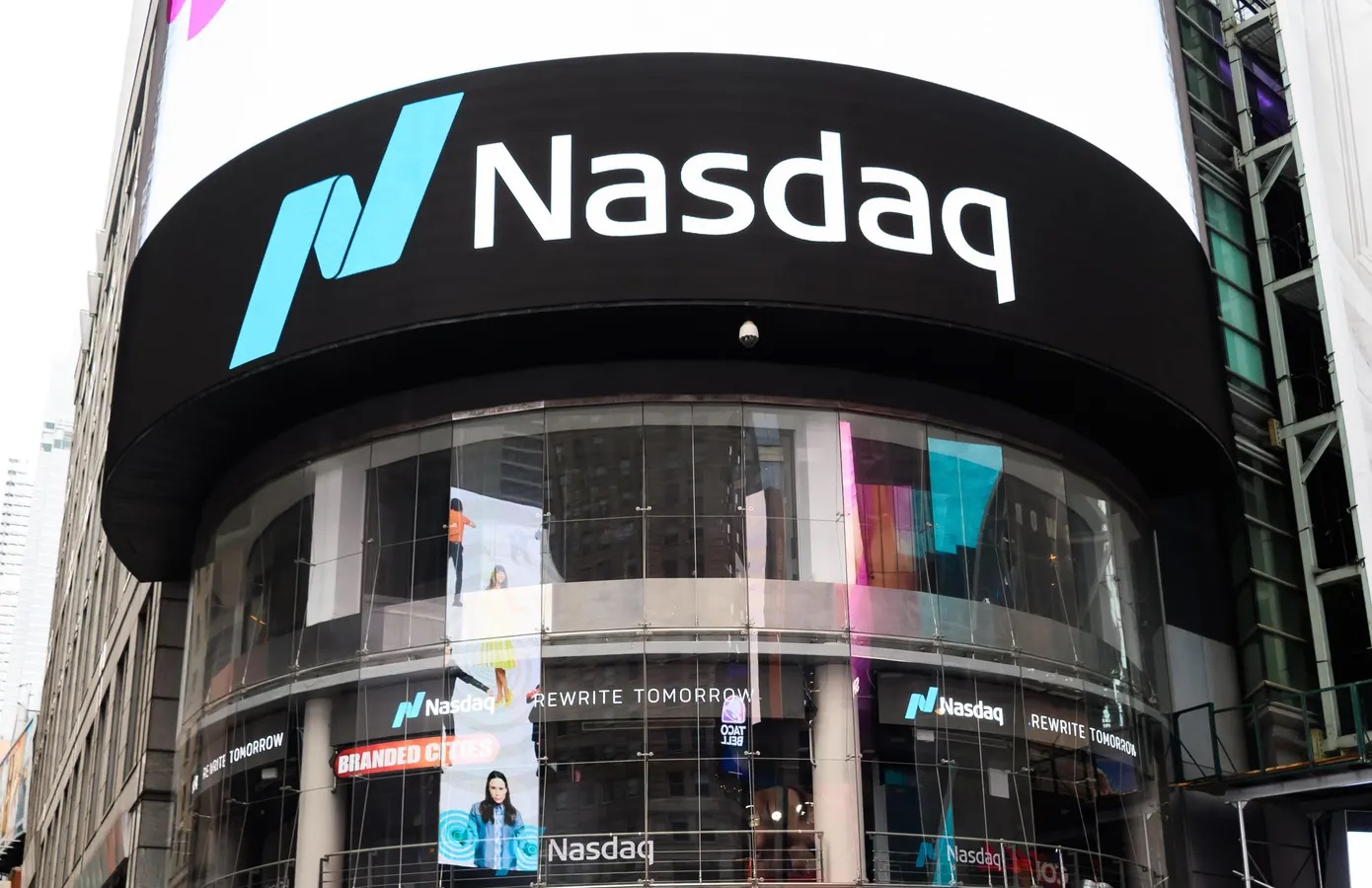Commercial EV startup Arrival is facing a significant setback as it is set to be removed from the Nasdaq stock exchange. The company’s challenges have led to a series of financial difficulties, ultimately resulting in its impending delisting from the exchange.
Key Takeaway
Arrival’s struggles culminate in its delisting from the Nasdaq, reflecting the challenges it faces in fulfilling its ambitious promises and achieving financial stability.
Delisting from Nasdaq
Arrival, which became publicly listed following a merger with a special purpose acquisition company, disclosed that the Nasdaq will halt the trading of Arrival shares on January 30, followed by a formal delisting. This action was prompted by Arrival’s failure to timely report financial results and its omission to submit a remediation plan to the exchange.
Financial Struggles and Administration Process
The delisting notice comes on the heels of Arrival’s recent announcement of securing a $50 million lifeline, intended to support the company as it explores the potential sale of its assets. Additionally, Arrival is reportedly in discussions with accounting firm EY to oversee an administration process, akin to bankruptcy.
Challenges and Unfulfilled Promises
Arrival, known for its pledge to revolutionize electric vehicle production through the use of microfactories, encountered difficulties in translating its vision into reality. Despite going public in 2021 and attaining a valuation of $13 billion, the company struggled to establish its operations and instead continued to deplete the funds raised in the transaction. Arrival underwent leadership changes, multiple rounds of layoffs, and an unsuccessful attempt to merge with another SPAC in a bid to secure additional funding.
Current Valuation and Unmet Milestones
Following Nasdaq’s announcement of the impending delisting, Arrival’s valuation plummeted to approximately $20 million. The company has yet to deliver a fully operational production-level vehicle to its potential clients, including major entities like UPS and Uber.







